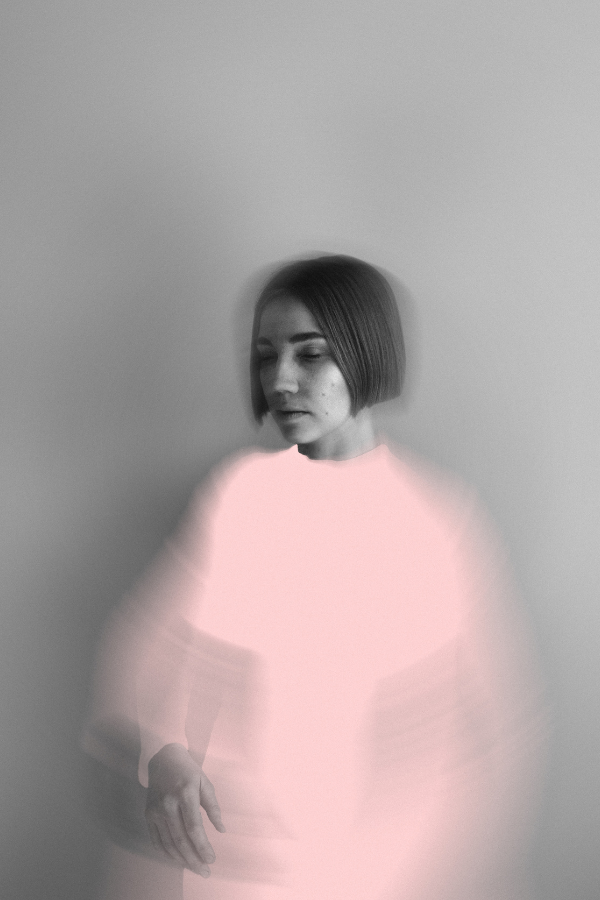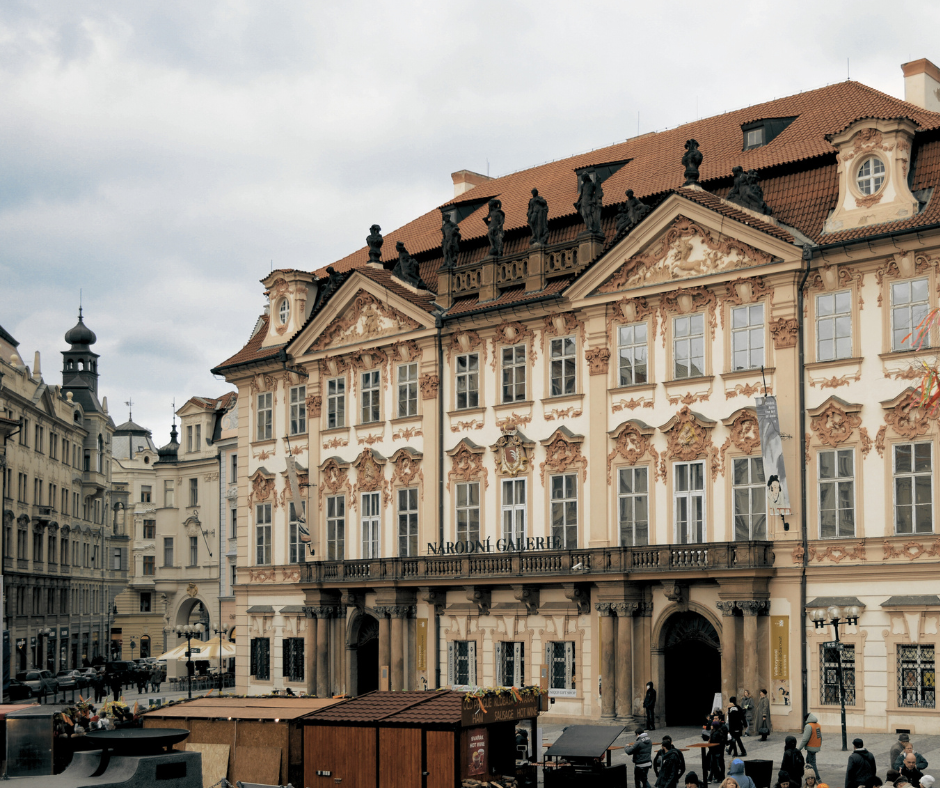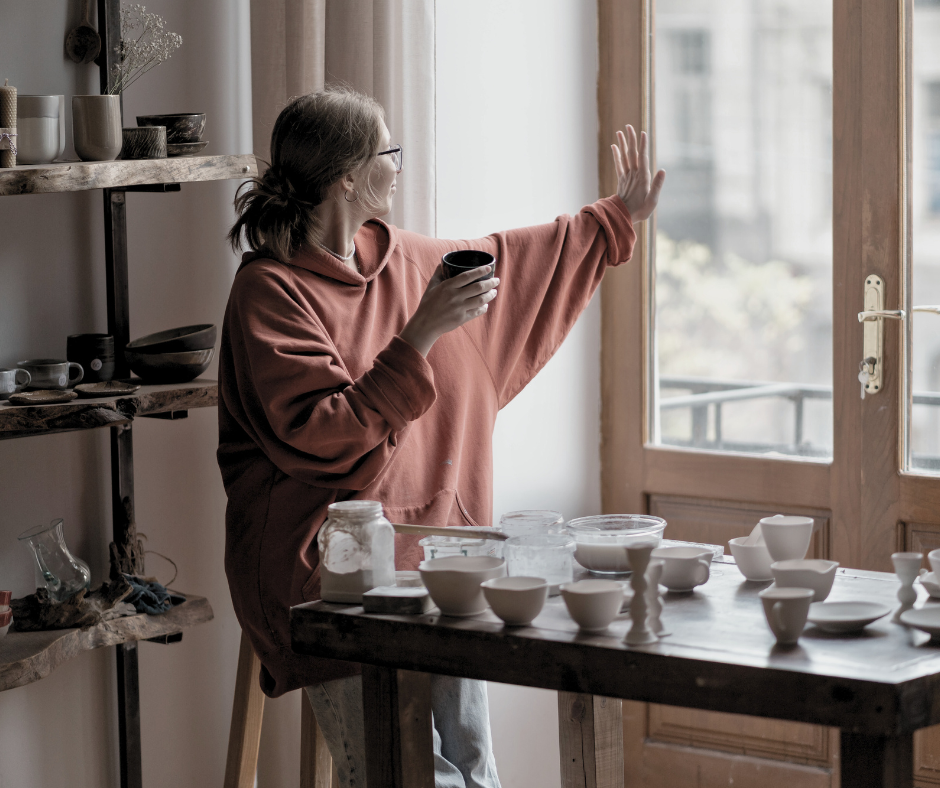

From Illustration to Portraiture: The Greatest Pastel Artists of All Time
Summary
This article explores the evolution of pastel art, from its origins in the Renaissance to its peak in the 18th-century Rococo portraiture, and its further refinement by Impressionists and Symbolists. It highlights the medium’s unique ability to blend and layer rich, delicate colors with precision, and examines the contributions of key artists who have utilized pastel to capture fleeting moments with extraordinary intimacy.
Reflection Questions
- Pastel art is celebrated for its capacity to convey rich, delicate colors and emotions with precision. How do you relate the evolution of pastel art to the ways women have historically expressed themselves and their experiences? Are there particular mediums or forms of expression that you feel closely connected to or represented by?
- Women artists have often been underrepresented in art history, including those who may have worked with pastel. Can you think of a woman artist, past or present, whose work deserves more recognition? What about her work or story resonates with you?
Journal Prompt
Considering the historical trajectory of pastel, from the Renaissance through the Rococo period and into the hands of Impressionists and Symbolists, reflect on the contributions of women artists to the evolution of artistic mediums. Research or recall women artists who have made significant contributions to the development of pastel or any other medium you admire. Journal about what their work and methods reveal about the challenges and triumphs of women in the art world across different eras. How do these artists inspire you in your own creative pursuits or in your appreciation of art? Reflect on the importance of recognizing and celebrating the contributions of women in art history, and consider how their legacy influences contemporary artists and art lovers. What steps can you take to further explore and honor the work of women artists, both past and present, in your own community or field of interest?
Pastel, a medium composed of pure powdered pigment and a binder, yields an array of rich, yet delicate colors and has been esteemed for its unique ability to blend and layer hues with precision. Historically, pastel can be traced back to the Renaissance, where it began to gain prominence, flourishing during the 18th century as an essential tool for Rococo portraiture and reaching further refinement in the hands of Impressionists and Symbolists. In this article, we assess the trajectory of pastel art, from intricate illustrations to the nuanced realm of portraiture. We will consider the contributions of pivotal artists who have leveraged pastel’s potential to capture the ephemeral with unparalleled intimacy.
Pastel’s Early Pioneers


The 18th century witnessed the emergence of pioneers who not only mastered the medium but also set a benchmark for future generations. Among the vanguards was Rosalba Carriera, an artist who can be credited with the elevation of pastel from a sketching tool to a primary medium for finished works. Carriera’s pastel portraiture, noted for its luminescent quality and soft, ethereal touch, heralded a new era in the visual articulation of the human visage.
Her soft pastels, especially her delicate portrayal of skin tones and the intricate rendering of fabric textures, left an indelible mark on the European art scene, greatly enhancing the prestige of pastel and influencing a multitude of artists across the continent. Few artists contributed as significantly to pastel painting and the medium’s emergence in art history as Carriera.
Maurice Quentin de La Tour: A Master of Expression
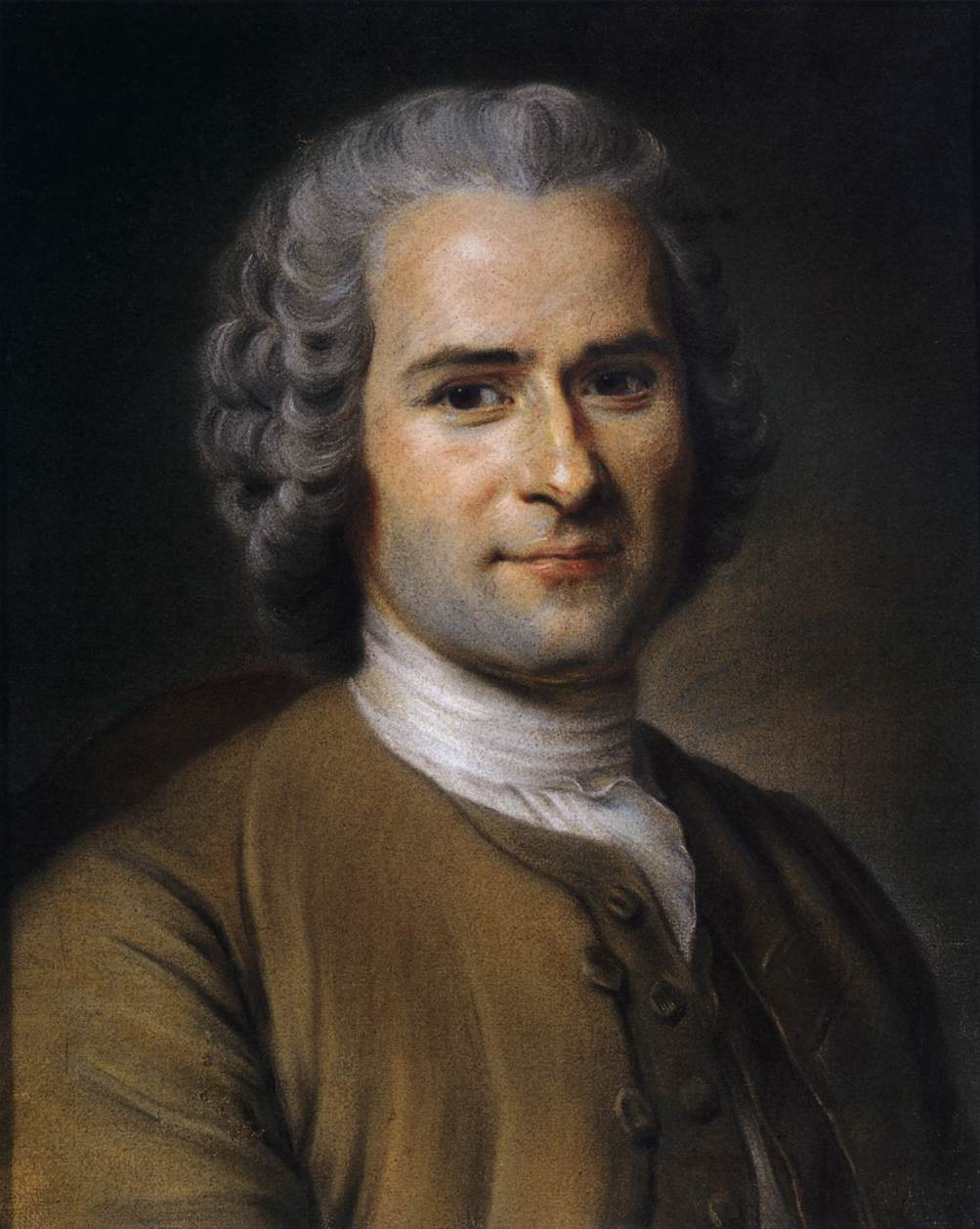

Parallel to Carriera’s advancements, Maurice Quentin de La Tour’s prodigious talent in capturing the character and essence of his subjects secured his reputation as a master of expression. De La Tour’s technique in pastel was characterized by a deft application that coaxed both the vivacity and subtlety of human expressions to the fore, resulting in portraits that were both psychologically penetrating and aesthetically alluring.
His dedication to pastels throughout his career demonstrated the medium’s versatility and robustness, allowing for a range of tonalities and textures that rivaled the oil paintings of his time.
Jean-Étienne Liotard: Detail and Delicacy in Pastel
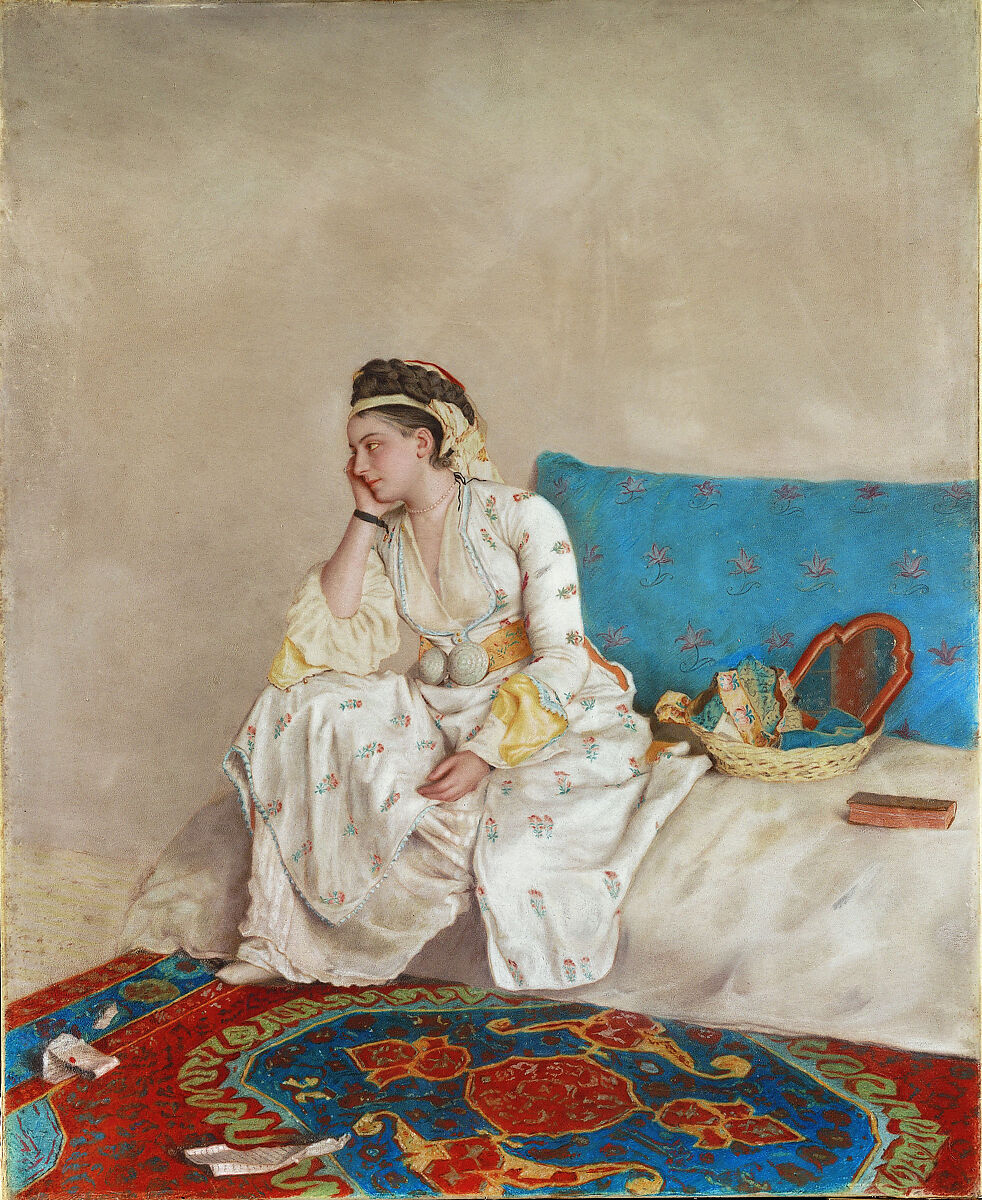

Meanwhile, Jean-Étienne Liotard, a Swiss-French artist, emerged as a meticulous craftsman in pastel work. Liotard’s pastels are distinguished by their meticulous detail and remarkable precision. His steadfast commitment to realism and the palpable texture in his compositions set new standards for lifelike representation within the pastel medium. Liotard’s painstaking attention to detail extended to the very fibers of garments and the subtle gradients of light and shadow, effectively capturing the corporeal and transient qualities of his subjects.
The early adopters of pastel laid the groundwork for the medium’s enduring legacy, showcasing its capability for both grandeur and nuance. Carriera, de La Tour, and Liotard, through their distinct styles and technical proficiencies, bequeathed to the art world a vivid tableau of pastel’s possibilities, mapping a trajectory that would inspire artists for centuries to come.
The Impressionist Innovators
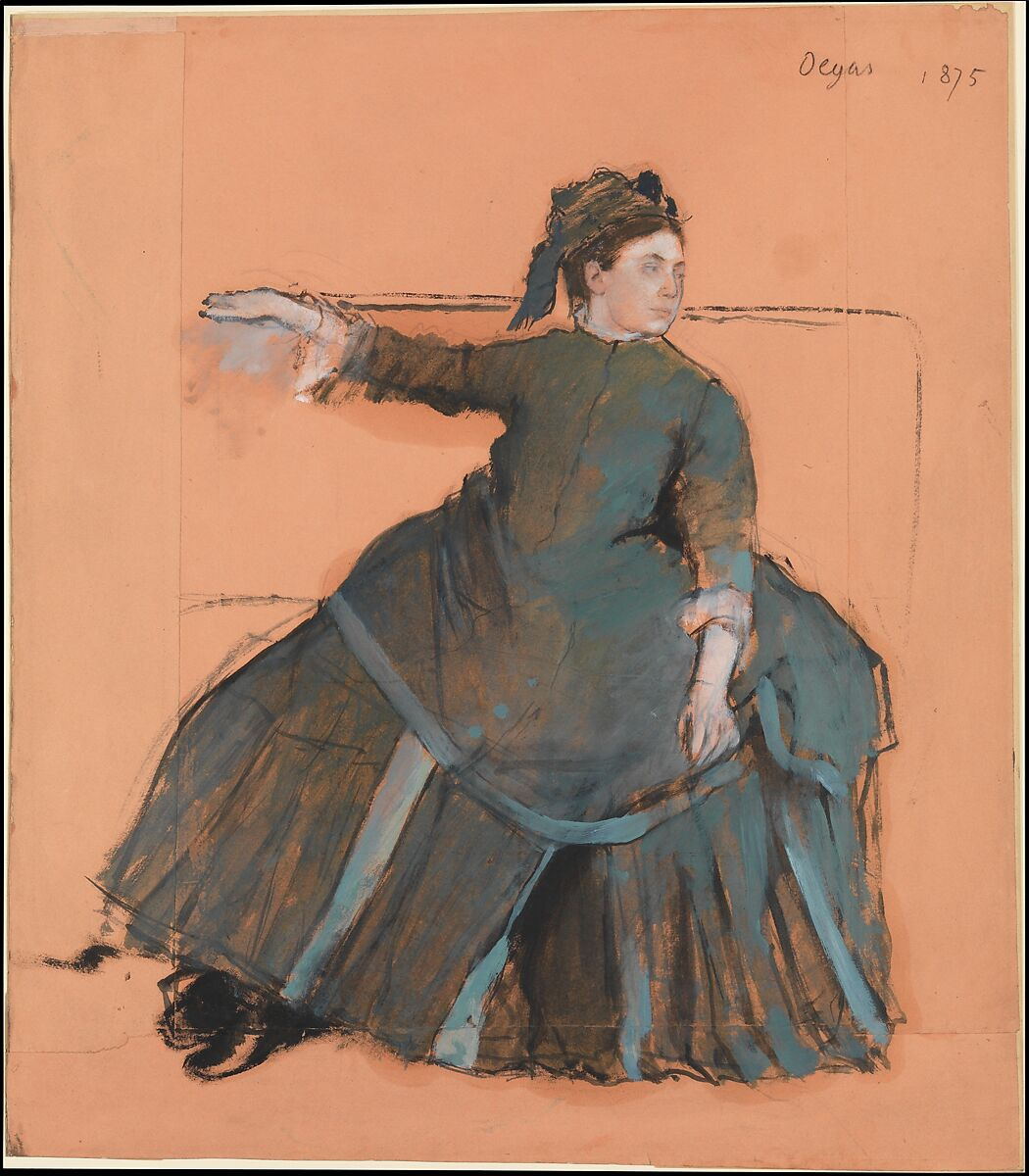

Transitioning into the latter half of the 19th century, the Impressionist movement began to reshape the artistic landscape, with pastel becoming a pivotal medium for capturing the transience of light and movement.
Edgar Degas: Capturing Movement
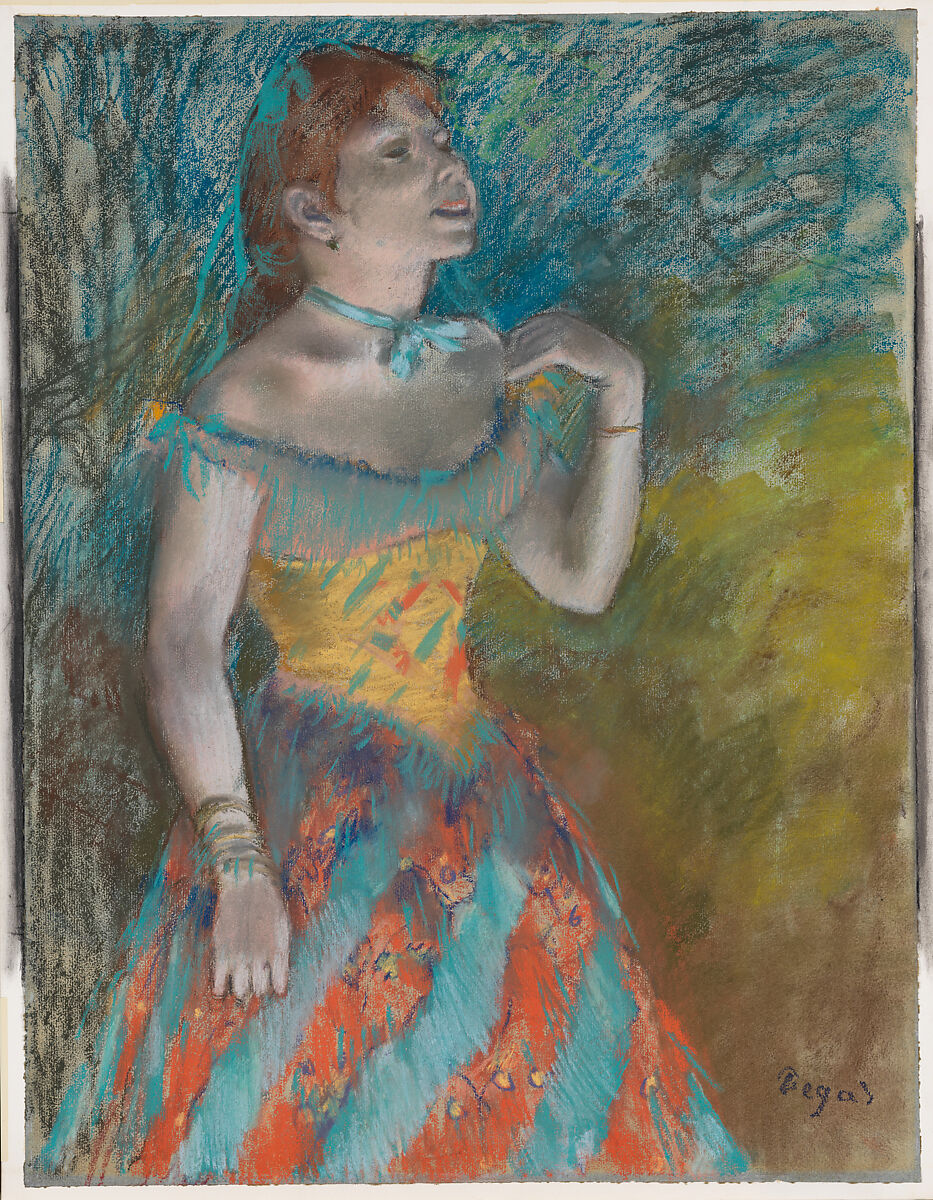

Edgar Degas, a critical figure within this movement, harnessed pastels to explore a range of subjects, predominantly focusing on the dynamism of the human form. His deft use of pastels allowed for a more spontaneous and vigorous technique, well-suited to his depictions of ballet dancers and racetrack scenes.
Fuel your creative fire & be a part of a supportive community that values how you love to live.
subscribe to our newsletter
Degas’s innovative application of pastels involved layering and a cross-hatching approach that endowed his works with a sense of immediacy and vivacity, while also providing texture and depth. The artist’s portrayal of fleeting moments and his emphasis on movement would profoundly influence not only his contemporaries but also successive generations of artists who sought to capture the essence of motion.
Mary Cassatt: Intimate Moments in Feminine Spaces


Mary Cassatt, an American artist who also aligned with the Impressionist movement, utilized pastels to convey intimate moments of everyday life within domestic and feminine realms. Her subject matter frequently delved into the social and private lives of women, emphasizing their roles and relationships within the constraints of contemporary society.
Cassatt’s adept manipulation of pastel allowed her to produce works that were at once tender and luminous, employing the medium to soften edges and create a diffuse light that enveloped her subjects. Her pastel techniques resulted in a warmth and intimacy that became a hallmark of her style. The manner in which Cassatt employed pastels to portray women and children in everyday settings not only provided a window into her world but also offered a nuanced commentary on the societal constructs of her time.
The influence of these Impressionist innovators extended beyond their immediate circle, as they demonstrated the versatility and expressive potential of pastel pencils and paints on paper, canvas, and beyond. Through Degas’s portrayal of movement and Cassatt’s intimate domestic scenes, both artists expanded the vocabulary of pastel, establishing it as a medium that could rival the expressive power of oil painting while imparting a distinctive immediacy and tactile quality.
Their legacies, anchored in their masterful use of pastel, would resonate through the art world, affirming the medium’s rightful place in the pantheon of fine art.
Symbolism and the Dreamlike Realm
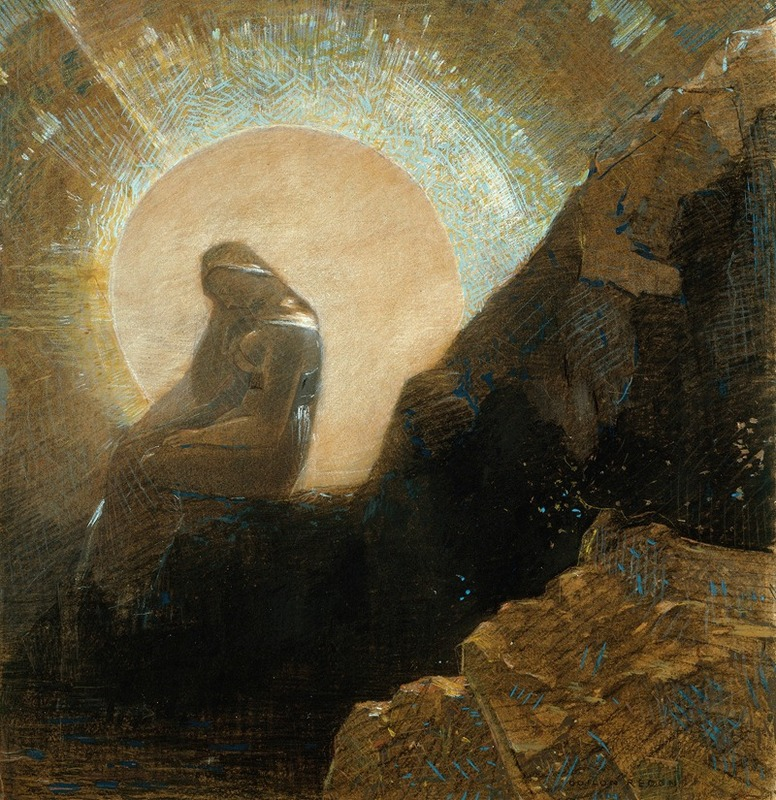

At the confluence of the 19th and 20th centuries, Symbolism emerged as an artistic and literary movement where mystical and often dreamlike visions were paramount. Odilon Redon stands as a central figure within this movement, renowned for his foray into the subconscious through the medium of pastel.
Initially recognized for his “noirs,” a series of arresting charcoal drawings, Redon’s artistic journey underwent a significant transformation as he transitioned from monochrome to the rich and varied palette of pastels. This metamorphosis coincided with the Symbolist predilection for the ethereal and the enigmatic, allowing Redon to explore the chromatic potential of pastels to convey otherworldly visions and fantastical imagery.
Divergence from Everyday Life: Use of Pastels in Creating Symbolic Content
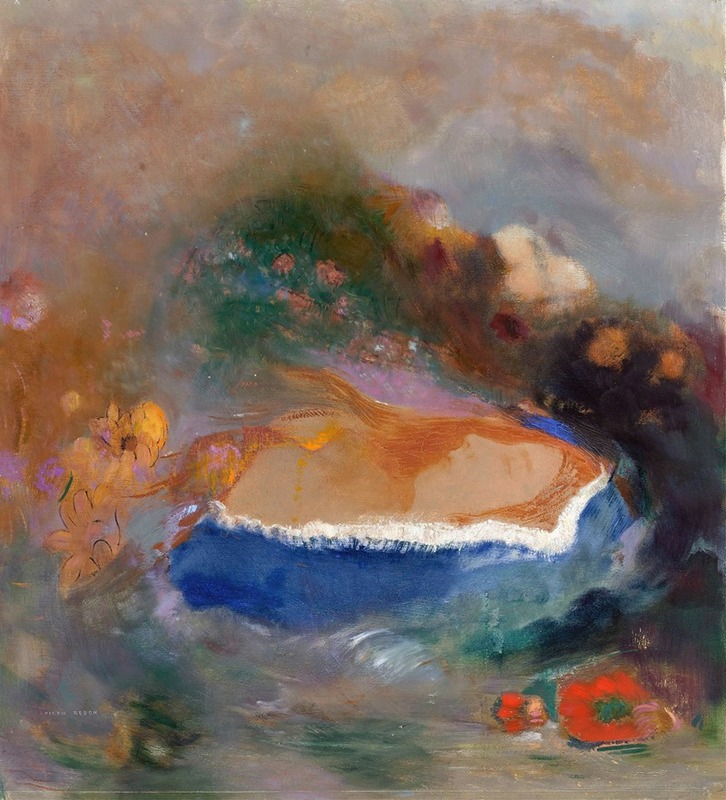

Redon’s adeptness with pastels is evidenced by his creation of vibrant dreamscapes that blur the boundary between the real and the imagined. The velvety texture of pastels afforded him a medium through which he could suffuse his compositions with a soft glow, giving form to the ineffable aspects of his inner world.
With a delicate touch, he layered colors to achieve a luminescence that seems to emanate from within the picture plane, creating a sense of depth and volume without resorting to the traditional chiaroscuro used in oil painting. The subjects of his pastel works—often floating figures, ethereal faces, and strange flora—are imbued with symbolism, speaking to themes of creation, transformation, and the metaphysical.
Redon’s use of pastels enabled him to manipulate light and texture to evoke mood and atmosphere, thus materializing the intangible. The often indistinct, softly modeled forms in his works are laden with symbolic meaning, challenging viewers to delve beyond the visible and encounter the mystical.
His innovative use of the medium contributed to the expansion of its expressive range, especially in the context of Symbolist art, where narrative is often embedded in the nuanced interplay of color and form. Redon’s pastel creations remain pivotal, encapsulating the quintessence of Symbolism’s introspective and visionary ambitions.
Crossing the Atlantic: American Masters
In the transatlantic transfer of artistic movements, American artists developed their unique iterations, adapting European techniques to capture the essence of the New World.
James Abbott McNeill Whistler: Atmospheric Nocturnes
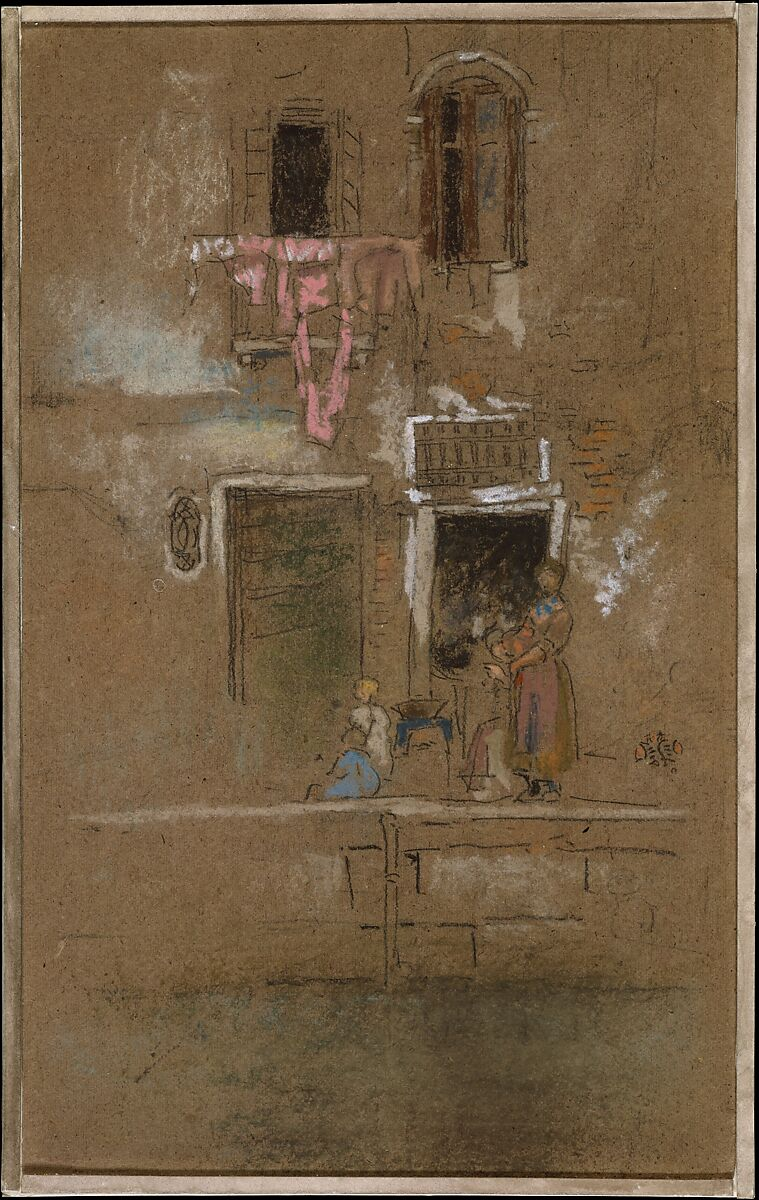

James Abbott McNeill Whistler, though an expatriate, was instrumental in introducing Aestheticism to America. His pastel works, particularly the ‘Nocturnes’, are exemplary for their evocative use of the medium to capture atmospheric landscapes at twilight or night.
Whistler’s pastels are characterized by their subtle gradations of color and the harmonious balance of light and shadow, which work in concert to evoke a sense of tranquility and ethereal beauty.
Aesthetic Principles and Pastel Landscapes
His aesthetic principles—valuing the composition and tonal harmony above narrative content—manifest distinctly in his pastels, where he effectively translates his famous ‘art for art’s sake’ philosophy into soft, misty river scenes and shadowy urban landscapes.
Whistler’s approach to pastels was akin to his approach to oils, seeking to produce works that stood on their own for their intrinsic beauty, independent of any didactic purpose.
Childe Hassam: Impressionism with an American Twist
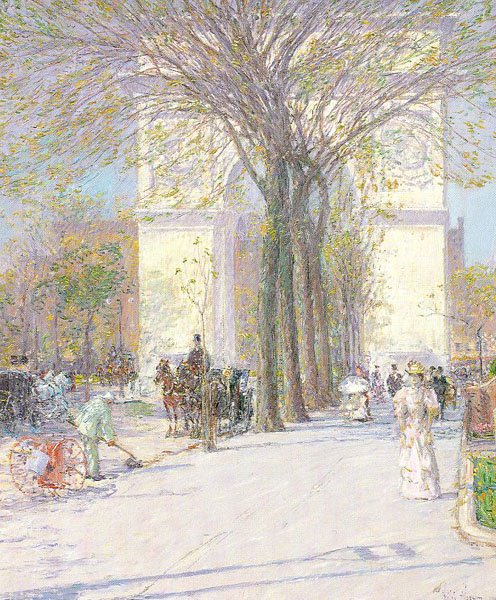

Childe Hassam, another key figure in the American art scene, brought Impressionism home with a distinct American flavor. While his oil paintings are often celebrated, his pastels remain significant for their vibrant and textural portrayal of urban and coastal American life.
Hassam’s pastels capture the luminosity and dynamism of city streets as well as the serenity of the American seaside.
Urban and Coastal Scenes in Pastel
His application of pastel stroked vigorously on paper or board preserved the freshness and spontaneity of the Impressionist ethos, while his subject matter echoed a distinctly American narrative. Hassam’s urban scenes, characterized by the flurry of Fifth Avenue or the architectural splendor of New England churches, displayed his fascination with light and its interplay with the built environment.
Meanwhile, his coastal scenes in pastels reflected the changing American landscape, documenting the burgeoning leisure class and the idyllic retreats along the Eastern seaboard.
These American masters, while drawing from European influences, infused their works with a new lexicon of imagery and technique reflective of their national identity. Whistler’s nocturnes in pastel brought a poetic sensibility to landscape art, while Hassam’s lively pastel strokes encapsulated the vibrancy of America’s cities and the placid allure of its coasts.
Both artists expanded the dialogue of pastel as a medium, demonstrating its adaptability and continuing relevance in representing both the physical and atmospheric qualities of the American experience.
Modern Marvels
In the modern era, the use of pastels has continued to evolve, allowing artists to traverse the boundaries between realism and abstraction.
Wolf Kahn: Fusion of Realism and Abstract Color Fields
Wolf Kahn stands out as a painter who mastered this balance, employing pastels to render the American landscape with a vivid palette that is at once lifelike and imaginative. Kahn’s landscapes are not mere representations; they are emotional responses to the vistas before him.
Through pastels, he was able to achieve a fusion of a realist foundation overlaid with abstract color fields, a signature style that invokes the sensory memory of a place.
The American Landscape in Bold Colors
The boldness of Kahn’s colors—unhindered strokes of purples, oranges, and greens—belies a careful, almost meditative consideration of the interplay between hue and form.
His work demonstrates the modern potential of pastels to convey the complexity of the natural world, pushing the medium beyond its traditional boundaries and into the realm of contemporary art.
Quentin Blake: Bringing Stories to Life
Venturing into the domain of illustration, Quentin Blake has made an indelible impact on children’s literature with his distinctive pastel illustrations. Blake’s style is immediately recognizable, marked by its expressive line work and the joyful use of pastels that bring characters and narratives to vivid life.
Impact of Pastel Illustrations in Children’s Literature
The softness of pastels lends itself seamlessly to the world of children’s books, capable of both gentleness and vivacity, which Blake harnesses to engage the young reader’s imagination. His illustrations do more than serve the text; they expand the storytelling, adding layers of humor, whimsy, and emotion.
The accessibility of his art has helped to define the visual language of modern children’s literature and demonstrates the enduring power of pastels to connect with audiences of all ages.
These modern marvels of pastel art, Wolf Kahn and Quentin Blake, exemplify the medium’s versatility and its capacity for continued relevance and innovation. Kahn’s landscapes invite viewers to a sensory and chromatic journey, while Blake’s illustrations create an immediate rapport with the audience, each in their own way cementing pastels as a medium of both high art and popular appeal in the contemporary artistic canon.
Legacy of Pastel Artists and Continuation of the Medium
The corpus of work left by the pastel artists detailed within this article has not only enriched the art world with their individual legacies but has collectively fortified the status of pastel as a fine art medium.
From Rosalba Carriera’s enhancement of pastel portraiture to Edgar Degas’s exemplification of its use in capturing movement, each artist has contributed a layer to the foundational narrative of pastel art. These historical figures have provided benchmarks of excellence and experimentation that contemporary pastel artists continue to reference and redefine.
Pastel Art in Modern Times—Techniques and Trends
The imprint of these pioneers is evident in contemporary pastel work, where artists are standing on the shoulders of these giants, expanding the medium’s possibilities through innovative techniques and thematic exploration. Modern pastel artists continue to push the boundaries of the medium, experimenting with various textures, underlying surfaces, and the interplay of pastels with other mediums.
Techniques such as underpainting, sgraffito, and the application of fixatives are being refined to achieve new effects and durabilities in pastel art. Additionally, the digital age has introduced high-resolution photography and social media, offering contemporary pastel artists the platforms to showcase the rich and vibrant qualities of their work to a global audience, further elevating the medium’s profile.
The Increasing Diversity and Representation in the Field
Furthermore, the field of pastel art is witnessing an encouraging trend towards greater diversity and representation. The artistic voices that are shaping the modern narrative of pastels are increasingly diverse, with artists from varied backgrounds, ethnicities, and cultures gaining recognition and contributing their unique perspectives to the medium.
This shift is enhancing the collective understanding of pastel’s potential and its capacity to express a wide spectrum of human experiences. Initiatives and organizations within the art community are also actively working to promote inclusivity, providing platforms and support for artists who have historically been underrepresented.
The ongoing evolution of pastel art underscores its resilience and adaptability as a medium. The legacies of past masters serve as a wellspring of inspiration, while the ever-expanding diversity in the field ensures that pastel art remains as dynamic and relevant as ever.
The art world continues to celebrate pastel not just for its historical significance but for its present-day vibrancy and the promise it holds for the future. Through education, exhibitions, and a growing market, pastel art’s trajectory is one that signals continual growth and innovation.
Contemporary Applications of Pastel
Today, a pastel artist might use the medium to create a realistic portrait, or she might use the medium to explore abstraction. Many of the artists listed below have embraced the tactile nature of pastel to investigate the abstract language of shape, form, color, and line, pushing the boundaries of what pastel can achieve on a variety of surfaces. Others have taken contemporary portraiture in an exciting new direction.
Jerome Gastaldi
Jerome Gastaldi’s style, which he terms “geo-abstractionism,” involves using pastels to depict a blend of geological and cosmic motifs. His works are known for their bold use of color and form, conveying a sense of grandeur and complexity that seems to merge the earthly with the celestial.
Gemma Guiomard
Gemma Guiomard’s work with pastels is marked by energetic and expressive qualities. Her compositions often play with the abstract potential of form, transforming recognizable shapes into a symphony of color and texture that appears to be in constant motion.
Kara Walker
While Kara Walker is indeed most famous for her silhouette installations, her use of pastel is significant in her lesser-known works on paper. In these pieces, Walker’s pastels often add a visceral and haunting layer to her exploration of antebellum South narratives. Her strokes are typically bold and confrontational, using the medium to highlight the stark contrasts and shadows that are a hallmark of her aesthetic.
Toyin Ojih Odutola
Toyin Ojih Odutola has garnered attention for her intricate portraits which challenge conventional readings of social and cultural identity. When incorporating pastels into her work, she does so with a meticulous touch, building up layers to achieve a remarkable depth of skin tone and texture. This approach allows her to create portraits that are rich in detail and convey a tangible sense of flesh and emotion.
Janise Yntema
Janise Yntema combines pastels with wax in her abstract pieces to play with translucency and depth. This technique allows her to build layers that can be both transparent and opaque, giving her work a unique sense of dimensionality that challenges the flatness of the canvas.
Susan Bennerstrom
Susan Bennerstrom’s pastel paintings are noted for their subtle approach to abstraction. She emphasizes the interplay of light and shadow, using pastels to create soft but defined edges that suggest form and structure in her compositions, inviting viewers to explore the nuances of visual perception.
Robert Pruitt
Robert Pruitt’s work often melds the past with the future, commenting on contemporary African-American identity through a mix of historical and sci-fi elements. His use of pastel often brings a tactile, almost tangible quality to his subjects, drawing attention to the physicality of the figures he portrays and their cultural symbolism.
Faith Ringgold
Faith Ringgold may be renowned for her story quilts, but her pastel works on paper are equally compelling. These pieces often serve as studies for her quilts or as independent narratives, where pastels bring her storytelling to life with vivid colors and dynamic figures, capturing the essence of her tales of African-American life.
Astrid Fitzgerald
In her work, Astrid Fitzgerald uses pastels to create geometric abstractions that delve into philosophical concepts and the perceived order within nature. Her pieces are often structured, methodical, and reflect a deep engagement with the formal elements of art-making.
Brenda Hope Zappitell
Brenda Hope Zappitell’s pastel works are characterized by their abstract expressionist style. She employs a spontaneous and intuitive approach to mark-making, where pastels become a tool for conveying emotion and energy, often resulting in compositions that are both dynamic and full of movement.
Final Thoughts About Pastel Art and its Artists
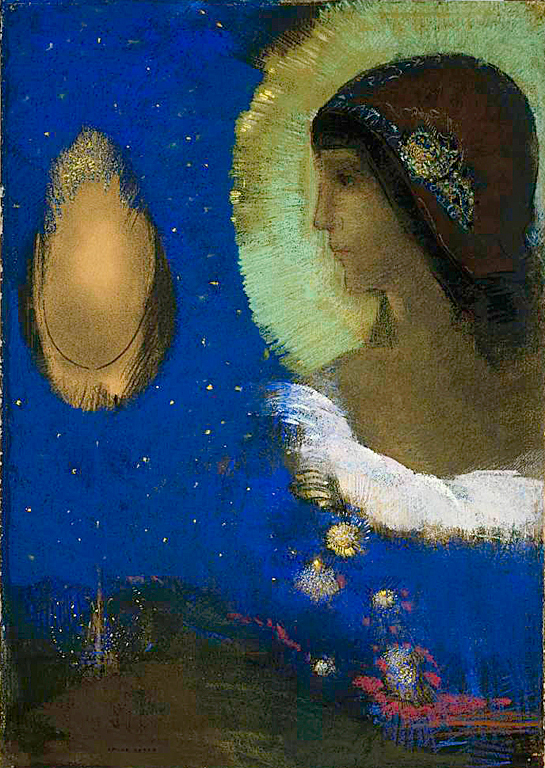

The enduring appeal of pastels is a testament to their versatility and the depth they offer both in illustration and portraiture. As a medium, pastels bridge the immediacy of drawing with the vibrancy of painting, enabling artists to capture the ephemeral while also achieving lasting impact. The historical survey of pastel artists underscores their innovative spirit and the medium’s ability to convey a broad range of human emotions and experiences.
Recognizing and celebrating the diverse contributions to pastel art is not only essential to a comprehensive understanding of its evolution but also enriches the contemporary artistic landscape. These myriad voices ensure that pastel art remains a dynamic and inclusive field, continually pushing creative boundaries and reflecting the rich tapestry of our shared human narrative.
Design Dash
Join us in designing a life you love.
-
All About Our 7-Day Focus & Flex Challenge
Sign up before August 14th to join us for the Focus & Flex Challenge!
-
Unique Baby Names Inspired by Incredible Women from History
Inspired by historic queens, warriors, artists, and scientists, one of these unusual baby names might be right for your daughter!
-
Finding a New 9 to 5: How to Put Freelance Work on a Resume
From listing relevant skills to explaining your employment gap, here’s how to put freelance jobs on your resume.
-
What is Generation-Skipping, and How Might it Affect Sandwich Generation Parents?
The emotional pain and financial strain of generation skipping can be devastating for Sandwich Generation parents.
-
Four Material Libraries Dedicated to Sustainability, Preservation, and Education
From sustainable building materials (MaterialDriven) to rare pigments (Harvard), each materials library serves a specific purpose.
-
Do You Actually Need a Beauty Fridge for Your Skincare Products? (Yes and No.)
Let’s take a look at what dermatologists and formulators have to say about whether your makeup and skincare belong in a beauty fridge.



